
Sampling local cuisine can be one of the best parts of going on holiday.

Sampling local cuisine can be one of the best parts of going on holiday.


Climate change is a big problem, and there are many different things we can do to help our planet. One of the simplest and most impactful is reducing food waste in our day-to-day lives!
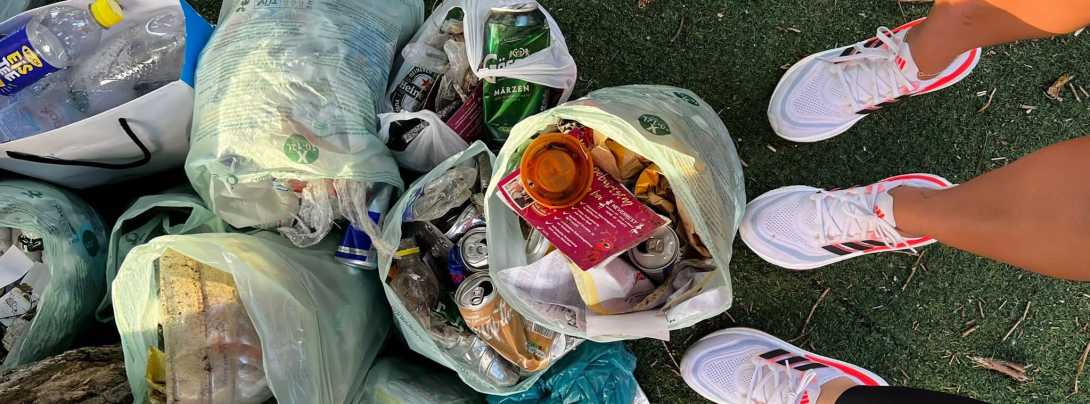
What if every step we took could be a step toward a cleaner planet?

With one or maybe two exceptions, local heroes don’t come from mutant spider bites.
This Charter represents a commitment to eliminate the negative environmental and communal impacts of visual media productions and to strongly advocate for the adoption of industry-wide incentives that will encourage sustainable practices including, but not limited to, the conservation of natural resources, the reduction of carbon emissions, the recycling of sets and location waste, and the promotion of environmental literacy.

A Note From the Author: My work as a fashion designer brought me to Tiruppur on several occasions in 2005, during which time I learned firsthand about the situation I paint with this article—one that shamefully persists to this day. The specific people described are fictitious, but their stories are very real, based on direct accounts from residents of the town's outskirts.
Rani wakes at 5:00 AM on the dot and drowsily tiptoes over the other members of her family, taking pains not to touch them with her feet—a mark of disrespect in India. She can’t help but graze the children, apologizing under her breath.
The shanty she shares with her parents, grandparents and four siblings has just one wicker cot, occupied by her grandfather: the head of the household. She and the rest make do with the baked floor, upon which a few sheets are strewn.
Carefully undoing the latch of the iron door, which creaks and groans with rust, thirteen-year-old Rani stealthily makes her way to the empty cow shed, grabs a small pail of water she set there the previous night, and washes her face.
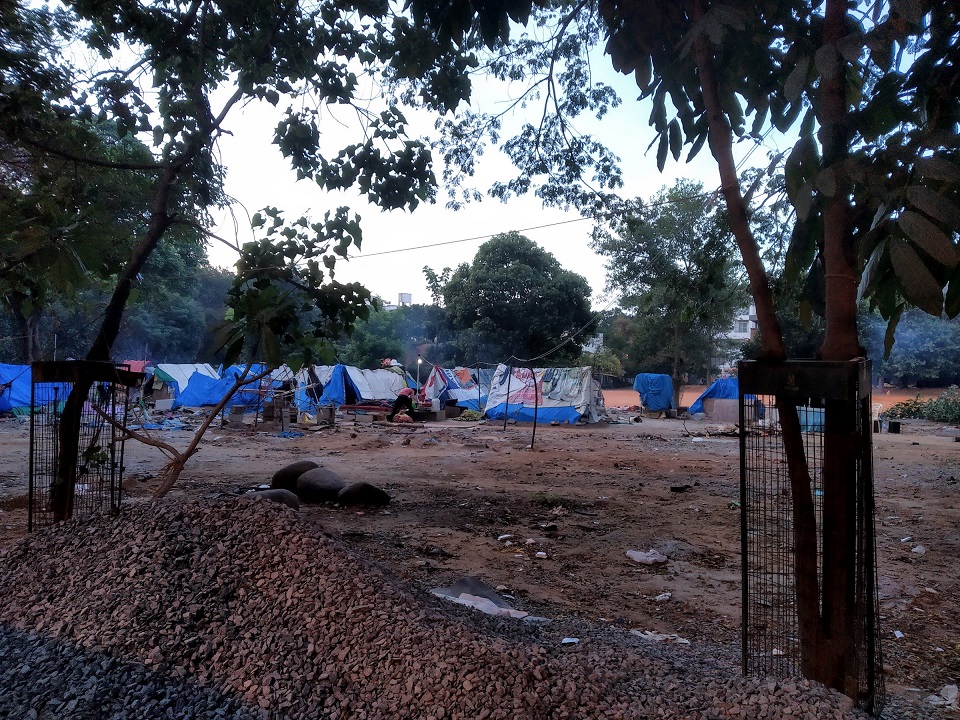
Photo by Runa Ray.
Rani hurriedly brushes her teeth with some powder, slips on her sandals, grabs two five-gallon buckets, and steels herself for the journey ahead. She will walk six miles, past Black lake and over the rubble of an aborted construction project to the fresh water pump in the neighboring village. Drinking water is only available for a few hours each morning; if she arrives late, she will return home empty-handed.
Rani secretly wishes the Black Lake would give her fresh water. it would save her the arduous journey and the long wait every morning. But she has known the lake since her birth... and it has always been black.
...
Rani’s family is one of many whose lifestyles have been upturned by industrialization. They belong to a marginalized community on the outskirts of Tiruppur that does not have the socioeconomic and political means to oppose large corporations, making them easy targets of discriminatory environmental policies and leaving them vulnerable to the associated health impacts.
Formerly a low-profile agricultural town, Tiruppur is now the knitwear capital of India, accounting for 90% of the country’s cotton knitwear exports. One of many fashion production hubs in South India, it is the livelihood of thousands of workers and over the past three decades has contributed massively to the Indian economy.
The everyday citizens of Tiruppur—residents of the hinterlands in particular—have long been victims of the factories’ indiscriminate discharge of industrial effluents into local bodies of water. These effluents contain chemicals and dyes in large concentrations and come with all manner of negative health effects. Local companies release the waste clandestinely through storm drains, masking their activities with the cover of night or heavy rainfall.
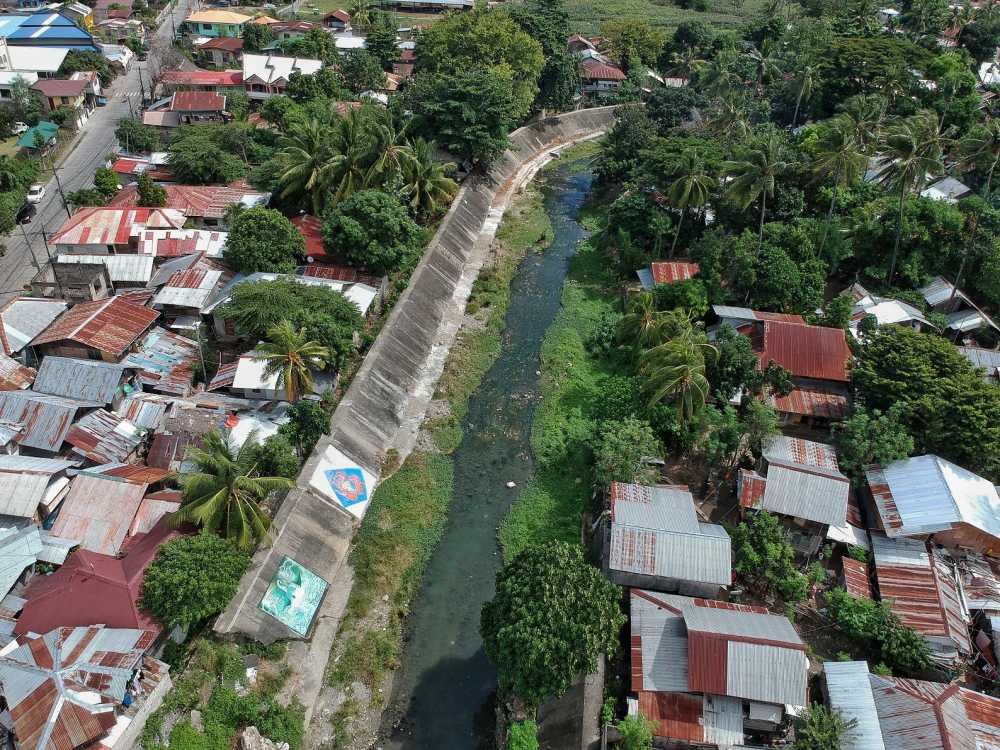
Photo by Denniz Futalan (Pexels).
I’ve gotten to visit this famed city on several occasions in my career, and the hardworking people there never fail to impress me. But their livelihoods come at a tremendous cost.
I vividly remember walking through the markets on Sundays and taking in the heaps of big-brand goods deemed unfit for export. Clothes you would pay top dollar for overseas were piled high in small shops in the labyrinth of roads and sold on the basis of weight rather than by the piece.
Scores of provocative pieces meant for Western buyers—spaghetti-strap dresses, lingerie—would accumulate on shelves, gathering dust in a town of modest working-class people. Across South India and beyond, the story is the same: second-hand retailers buy garment factory rejects in bulk, then struggle to offload the impractical clothes designed for Western consumers.
Predictably, almost all of these garments end up in landfills.
The operations of fashion companies in towns like Tiruppur thus create an intersection of social and environmental concerns: workers are paid low wages, unused garments pour into landfills, and lakes and rivers grow thick with toxic waste products.
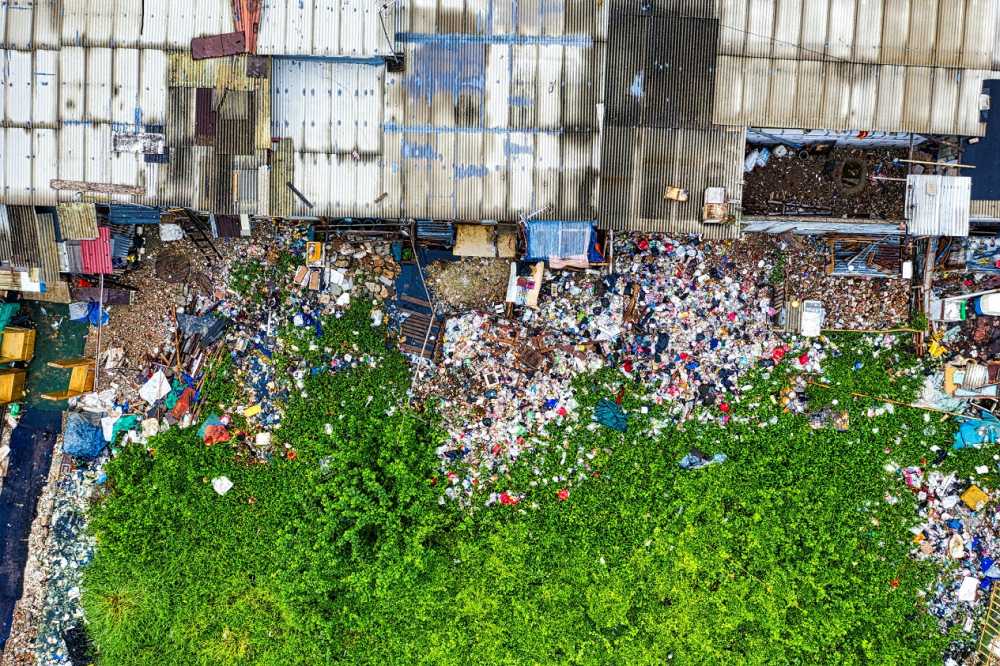
Photo by Denniz Futalan (Pexels).
The members of these communities generally do not have the political capital to resist corporate incursions into their land, nor the socioeconomic status to flee when their situations sour. Meanwhile, those in wealthier regions can divert waste and impure drinking water into communities like Tiruppur with impunity, exacerbating miscarriages, birth defects and disease as the years wear on.
This sort of socioeconomic discrimination—which often correlates with racial discrimination—can be found even at the highest levels of policymaking, where government officials view cheap tracts of land with low populations as prime locations for polluting factories.
How can the fashion industry work to prevent these catastrophic effects and atone for the damage it has already done?
For one, these brands need to commit to communities, not just exploit the land and leave. It is common for companies to swoop into a factory for a single season of production, then abandon it when they find better deals elsewhere. This needs to end. Brands should respect the communities where they produce, investing not just in bare-minimum factory compliance but also in wastewater treatment, emissions reductions, and circular production to avoid wasting clothes.
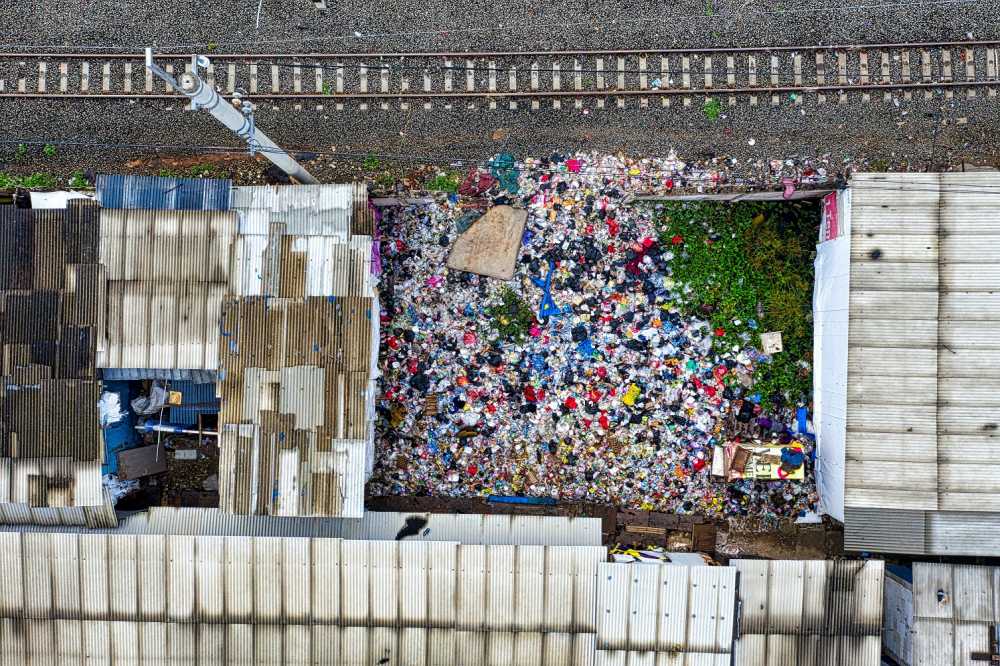
Photo by Tom Fisk (Pexels).
Such measures would go a long way toward preventing large-scale damage to communities and their environments.
Paying workers good wages instead of the lowest rates possible is another vital step. This would enable cities like Tiruppur to expand and develop rather than stagnate, and would give their people the political capital needed to stand up for themselves and make reasonable demands of their government. It’s only fair that the workers who form the backbone of a three-trillion-dollar industry have a real voice in their nation’s policymaking.
...
It was Rani’s grandmother who spoke of a village so pristine that you could see with perfect clarity white herons diving into the lake to snare writhing silver fish, kingfishers darting to and fro in the bubbly spring.
She recalled how Grandfather would take out his little raft, cast his line, and come home with the coveted ‘meen’ fish, which the family would fashion into a spicy curry to be eaten with rice and crisps.
And how before those grey cement garment factories arrived, the entire landscape was dotted with trees.
These wonderful stories of days long past were best listened to in the evenings by the dim light of a lamp, illustrated with the play of shadowy hands on the walls of the hut.
But the children knew the truth: the lake was always black, and fish was only found at the market.
Banner and thumbnail images by, respectively, Tom Fisk and Denniz Futalan (Pexels).

Over time, climate change is contributing to issues around the world like hunger from failed crops and displaced families from flooding. Cutting emissions and preserving resources while we can is the only way to stall these problems. While we need major companies in energy and mining to make changes to reduce the amount of carbon we put out, there are also changes individuals can make to live greener, healthier lives. Consider these simple suggestions!

Photo by Bibhukalyan Acharya from Pexels
Watch Your Water
Parts of the United States and many other regions of the world are now facing extreme droughts and concerns of unsustainable water rationing. Even if you live somewhere that's not experiencing shortages, reducing water waste today can help prepare your family for drought response actions tomorrow and will free up water for others who might have urgent need of it. Conserving this precious resource also helps curb the climate change that's contributing to these droughts: the less water you waste, the less energy needs to be burned on water treatment, cutting down on carbon emissions.
A great way to reduce water waste is through rainwater collection. Saving rainwater provides you with extra stores you can use to water plants, refill fountains, wash cars, do laundry, or use for whatever other irrigation needs you have. Saving rainwater can reduce a home’s water requirements by as much as 70 percent. If hot water systems are supplied with rainwater, that reduction can increase to as much as 85 percent.
If rainwater collection isn’t an option, or if you’d just like to focus on your tap water use for now, Prestige Plumbing points out that low-flow faucets and toilets can be a boon. They save water, energy and money, and ultimately can help save our planet.

Photo by Vivint Solar from Pexels
Install Solar Panels
If paying your electricity bill eats a huge chunk out of your monthly budget, it may be time to consider alternatives for powering your home. Solar panels are becoming increasingly accessible in the United States. Solar energy is (in effect) endless in supply, and taking advantage of it has no adverse effects on the climate.
As the technology improves, the efficiency of solar panels increases. Today, homeowners can find panels that boast 20 to 23 percent efficiency ratings. As solar panels become cheaper and more efficient, the costs of traditionally sourced power continue to increase. Today homeowners in the U.S. are achieving their break-even point with solar in as short as three years.

Photo by Waldemar Brandt from Pexels
Check Your Windows
According to Energy Saver, heat loss and gain through windows is responsible for 25-30 percent of residential energy use. Testing for air leaks may be as simple as feeling for airflow along cracks, but there are other ways to know, such as when you can rattle a window (meaning a seal or frame is compromised) or when you can see daylight seeping in around a frame.
While you can update your windows for better efficiency by addressing leaky frames with caulk or weatherstripping, it may be time to replace them outright. When searching for residential window repair near you, Angi recommends making sure the professional is insured and licensed (if required in your state). Also check their customer referrals, whether online or by calling the customers cited by the company.
And remember, even if your windows are in perfect condition, you're wasting valuable energy if you leave them open or cracked while simultaneously heating or cooling your unit artificially.
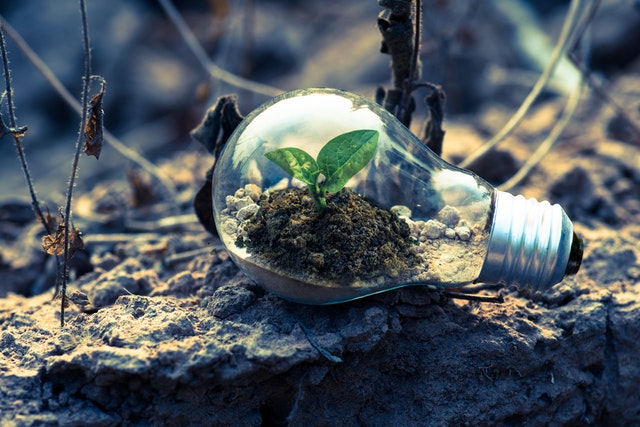
Change Your Light Bulbs
One of the simplest and most effective ways to reduce your carbon footprint is to switch to energy-efficient light bulbs. Just transitioning to LEDs can save tremendously; they last 12 times longer than conventional bulbs, use less electricity, and even if you run them 12 hours a day you can expect them to last as long as 11 years.

Photo by Vincent M.A. Janssen from Pexels
Broaden Your Efforts
Adjusting your homelife is a big challenge, but you can effect even bigger changes by engaging your community. Look to cities that have successfully addressed their carbon footprint and what qualities they offer — like sustainable energy sources, walkability and bikeability — and think about how you can bring about change in your own hometown. Whether it’s starting your own green business or encouraging your local government to promote change, being more actively climate-positive is sure to make a real impact that will ripple out to others.
Amanda Henderson enjoys raising awareness of a variety of important issues and sharing handy lifehacks through writing. On her Safe Children blog, she provides thoughts and resources on parenting and child safety. Article banner image by David McBee from Pexels.

On July 7, 2021, against the backdrop of the UN’s High-level Political Fo

In my days as a student, India was a country that equated success with becoming a doctor or engineer.